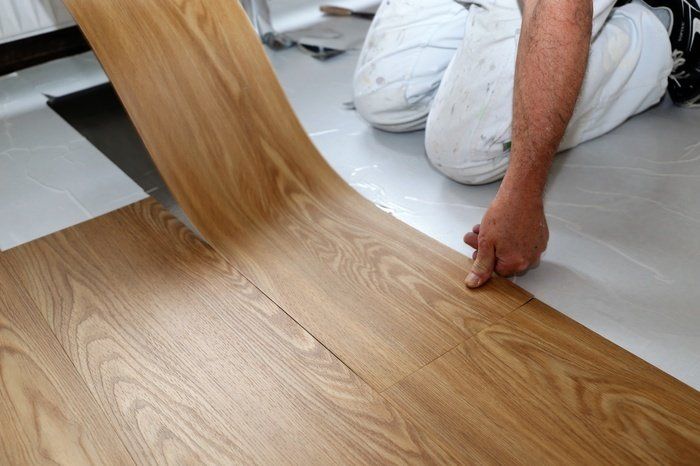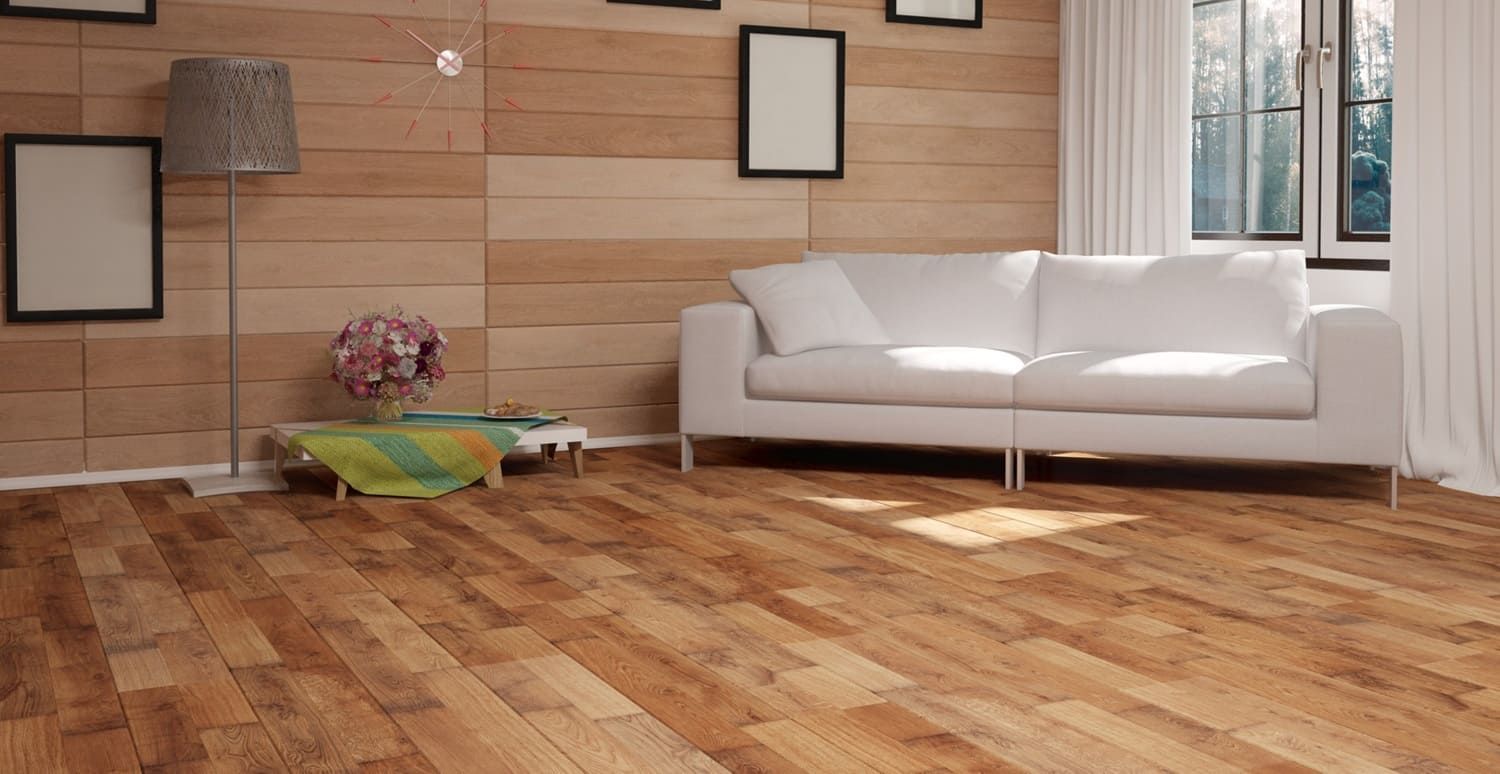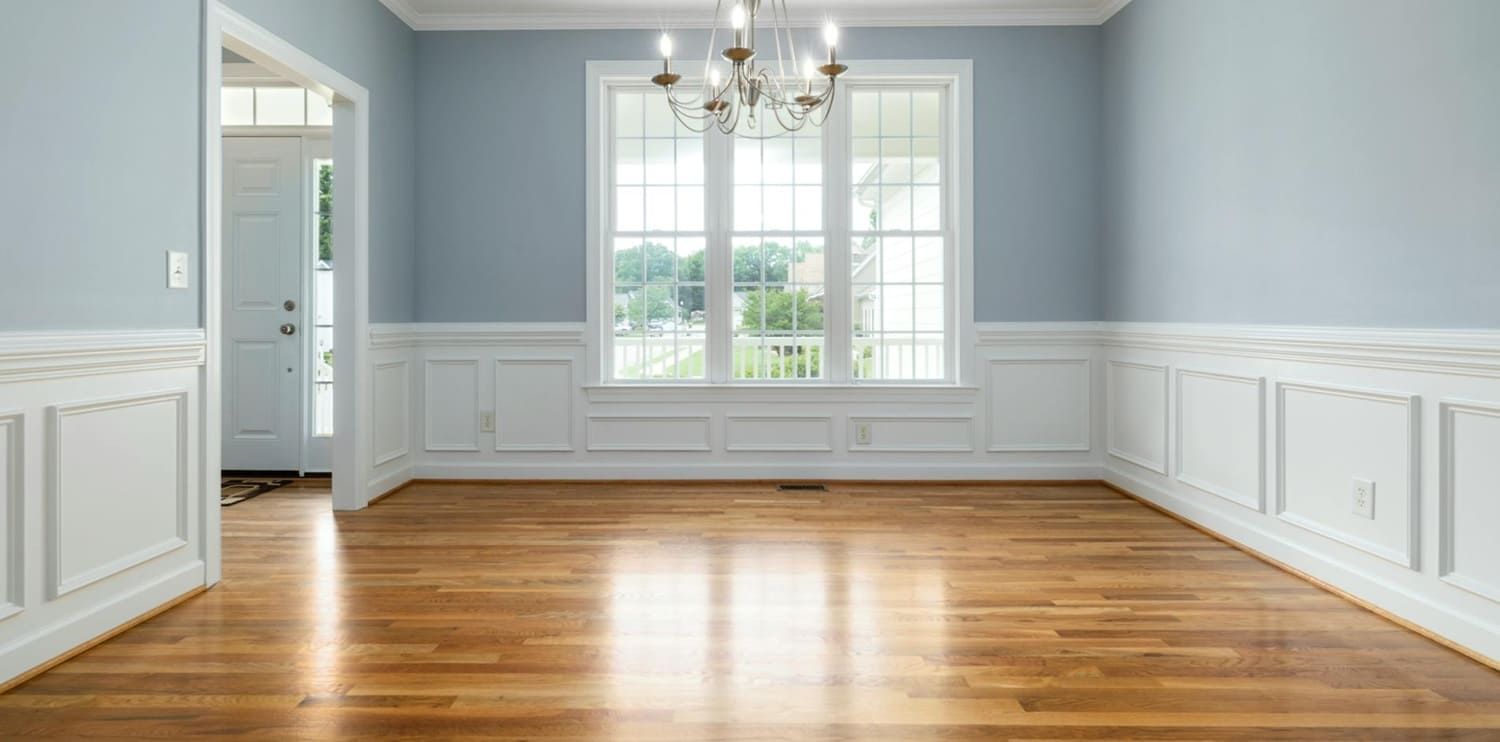7 Common Flooring Installation Mistakes to Avoid for Homeowners
Installing new flooring in your home properly requires knowing what not to do. Here are common flooring installation mistakes to avoid for homeowners.

When it comes to home improvement projects, there are few undertakings more important than flooring installation.
Not only is this a big job in terms of time and effort, but it also carries a significant financial investment. Adding a new hardwood floor guarantees a 2.5% increase in your home’s value.
Given the importance of a new floor, you should avoid making flooring installation mistakes. When replacing old flooring, you’ll have endless options for flooring materials. These options might also increase the risk of making a mistake.
To help you avoid any stressful surprises, we've compiled a list of seven common flooring installation mistakes and how to avoid them. Read to ensure your new floors will be beautiful and long-lasting.
1. Not Budgeting for the Entire Project
The flooring installation process is not as simple as just buying new flooring and clicking it into place. There are a lot of other factors to consider that will quickly drive up the cost of your project. For example, you might need to factor in subflooring, floor leveling, baseboards, and grout costs.
When making your flooring installation budget, don't forget to account for incidentals. These include floor preparation, floor transitions, and furniture removal. You should also factor in the cost of professional installation.
2. Not Preparing the Subfloor
The subfloor is the surface that your new floor will be laid on top of, and it needs to be level, clean, and free of debris.
If you're laying a new floor over an old one, you'll need to ensure the floor is level. Uneven floors can cause your new flooring to crack or chip. You can use a self-leveling compound to even out any dips or hills in the floor.
When preparing for flooring installation, ensure that the subfloor is clean before you start laying the new floor. Any dirt or debris on the surface will show through your new flooring. You can use a vacuum and a damp mop to ensure the surface is clean and ready for installation.
3. Not Planning for Floor Transitions
Floor transitions connect two different types of flooring. They help the flooring move seamlessly from one room to the next and provide a finished look to your space.
There are many different types of floor transitions available. Examples include T-molding, reducers, and thresholds. You'll also need to consider the type of flooring you're using.
Some flooring, like laminate and hardwood, can't be used with certain transitions. Start planning for floor transitions before installing new flooring. This will help you avoid making last-minute changes that could cost you more money.
4. Picking the Wrong Type of Flooring
Many types of flooring are available on the market, and each has its own unique set of benefits and drawbacks. It’s vital to choose a flooring type that will fit your needs.
For example, if you're looking for a flooring type that's easy to install, you might want to choose laminate flooring. Laminate flooring is a floating floor type, meaning it's not attached to the subfloor. This makes it much easier to install than other types of flooring, like hardwood or tile.
You'll also need to consider the amount of traffic your floor will get. If you have a busy household, you'll want to choose the flooring that can withstand a lot of foot traffic. A perfect example would be tile flooring, as it's durable and withstands a lot of wear and tear.
5. Not Acclimating the Flooring
You need to acclimate the flooring before installing it. Acclimation means letting the flooring adjust to the temperature and humidity of your home.
If you don't acclimate the flooring, it can shrink or swell over time, causing gaps and cracks. You may have to deal with serious issues like water damage.
To properly acclimate flooring, place it in the room where it will be installed and let it sit for at least 72 hours. This will give the flooring time to adjust to the temperature and humidity of your home.
6. Not Hiring a Professional
Installing new flooring is not a DIY project. Many things can go wrong if you try to install flooring on your own. The most obvious is that you could injure yourself if you're unfamiliar with the installation process.
You don't have the right tools or may not follow the manufacturer's instructions. As a result, you could damage the flooring or void the warranty.
Hiring a professional flooring installer is the best way to ensure that your flooring is installed correctly. A professional flooring installer will have the right tools and experience to install your flooring.
Most flooring installers offer a warranty on their workmanship. If something goes wrong with the installation, you can contact the flooring installer to have it fixed.
7. Not Checking for Moisture
Before you start your flooring installation, it's essential to check the area for moisture. If your floor is too moist, it could cause your new flooring to warp or cup over time.
If you're installing wood flooring, moisture can cause the wood to swell and crack. When conditions are dry, the wood can shrink, and gaps can appear.
To check for moisture, use a meter to test the floor in several areas. The floor should have a moisture content of less than 12%. If the moisture level is high, you'll need to dry it before starting the installation.
You should also look for signs of water damage, such as staining or swelling. If you see any of these signs, you'll need to address the issue before you start your flooring installation.
Stay on Top of the Common Flooring Installation Mistakes
Your newly installed flooring will only serve you well if you avoid these common flooring installation mistakes. If you don't know what to do, read our article to find flooring installation tips to ensure nothing goes wrong.
When you're ready to start your flooring project, hire a professional flooring installer like Eagle Flooring West. We have gained the experience and expertise to install all types of flooring by serving the Phoenix, AZ, community for over 32 years.
Contact us today to learn how we can help you with your flooring project.






